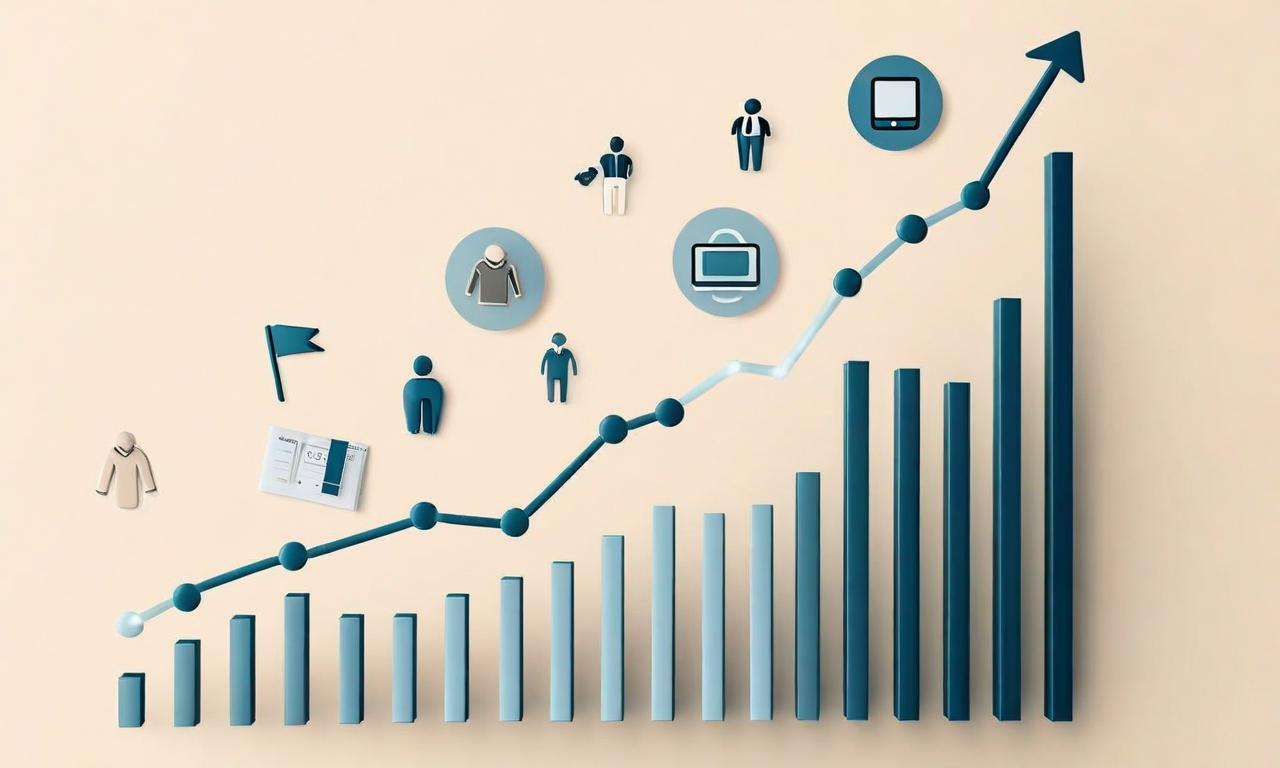U.S. Core CPI Rises 3.0% Annually in September, Below Expectations
The U.S. Core Consumer Price Index (CPI) increased by 3.0% year-over-year in September, lower than the 3.1% rise in August and below analysts' expectations. Monthly, it grew by 0.2%, down from 0.3% in August. This unexpected slowdown in core inflation could influence Federal Reserve policy decisions and impact financial markets.

*this image is generated using AI for illustrative purposes only.
The U.S. Core Consumer Price Index (CPI) showed a slower-than-expected increase in September, pointing to a potential easing of inflationary pressures in the world's largest economy.
Key Highlights
| Metric | September 2023 | August 2023 | Analysts' Expectations |
|---|---|---|---|
| Year-over-Year Increase | 3.0% | 3.1% | 3.1% |
| Month-over-Month Increase | 0.2% | 0.3% | 0.3% |
Analysis
The latest data reveals that the Core CPI, which excludes volatile food and energy prices, rose by 3.0% on an annual basis in September. This marks a decrease from the 3.1% year-over-year increase observed in August and falls short of analysts' projections of a 3.1% rise.
On a monthly basis, the Core CPI increased by 0.2% in September, which is lower than both the previous month's 0.3% increase and the expected 0.3% rise.
Implications
This unexpected slowdown in core inflation could have significant implications for monetary policy and financial markets:
Federal Reserve Policy: The softer inflation reading may influence the Federal Reserve's decision-making regarding interest rates in upcoming meetings.
Market Reaction: Financial markets often respond to inflation data, as it can impact bond yields and stock valuations.
Consumer Purchasing Power: A moderation in price increases could potentially benefit consumers, although the impact may vary across different sectors of the economy.
While this data point suggests a slight easing of inflationary pressures, it's important to note that the Core CPI remains above the Federal Reserve's long-term inflation target of 2%. Policymakers and economists will likely continue to monitor upcoming economic indicators closely to assess the overall trajectory of inflation in the United States.





























